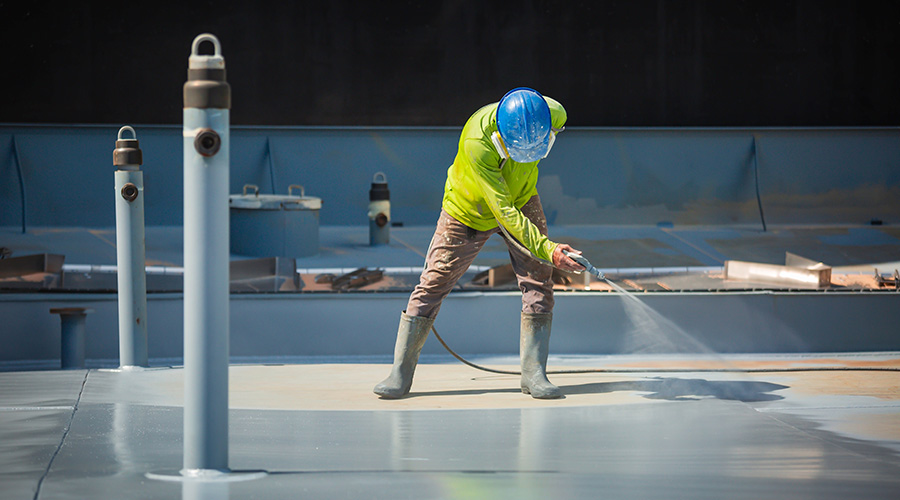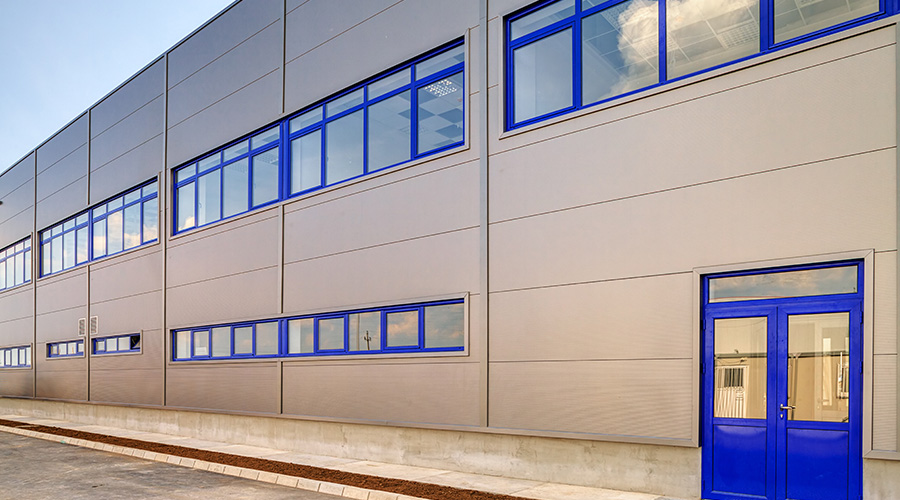More Tips for Picking the Right Paint: Sheen, Durability and Surface Preparation
Along with color, the sheen or finish of a painted surface has both aesthetic and practical qualities. Flatter or more satin finishes tend to appear more relaxing, while glossier finishes present more of a clean, even hygienic environment, Robison says.
The different finishes offer trade-offs: "Typically, the higher the gloss, the more durable the product," Zimmer says. Glossier finishes tend to hold up better to cleaning and scrubbing, and often are chosen for areas that experience heavy wear, such as school corridors.
That's not to say that flatter finishes have no use. "Typically, a lower sheen hides surface imperfections better," Zimmer says. Paints with lower sheen also tend to be easier to touch up, Molina says. And, higher-sheen paints tend to be higher in VOCs, as well, Taylor says.
When it comes to paint performance, durability is a quality that captures most facilities managers' attention. "Long repaint cycles keep a facility looking new and fresh as long as possible," McCollum says.
One way to determine durability, Taylor says, is to review scrub test results, which tell how many times a surface can be washed before its appearance is visibly affected.
Be Prepared
Along with choosing quality paint that's appropriate for a particular facility, properly preparing the surface is key to a durable finish. "The real key to a long-lasting job, and the bulk of the work, is surface preparation," Zimmer says. "It's 70 to 80 percent of the paint job."
Some paint jobs require additional work. "If you're painting wood, in addition to cleaning and drying it, you need to sand it to bring the surface back to a smooth state," says Roger Sekol, senior interior designer with HOK.
Some paints that are better able to withstand scrubbing also require several steps to apply, such as a base coat, primary coat and a finish coat, Taylor says. Also, these paints may be more difficult to touch up, so covering any scuffs or marks may require repainting the entire wall.
Once a surface is painted, facility managers will want to follow the manufacturer's recommendation when cleaning it, Taylor says. A bleach solution that is perfectly suitable for a floor may ruin a paint finish on the walls. "Manufacturers have spent millions testing the paint. You might as well adhere to their recommendations," she says.
Karen Kroll, a contributing editor for Building Operating Management, is a freelance writer who has written extensively about real estate and facility issues.
Related Topics:













